Tctl sensor values and many new questions
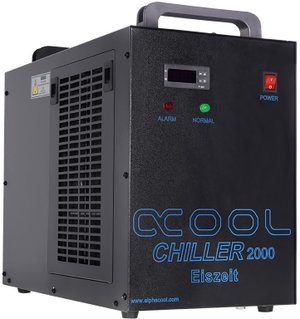 We already know since the launch of the larger Ryzen 7 CPUs that the display of the temperature values at the current Ryzen CPUs is at least not without problems. On some models, AMD had simply spent 20 degrees more to ensure cooling – for whatever reason.
We already know since the launch of the larger Ryzen 7 CPUs that the display of the temperature values at the current Ryzen CPUs is at least not without problems. On some models, AMD had simply spent 20 degrees more to ensure cooling – for whatever reason.
We took these circumstances for granted and created a very complex test setup for this launch, the cooling of which is based on an industrial compressor cooler. Alphacool has modified the original a bit and offers it as an "Ice Age 2000 Chiller" with the usual 1/4" threads and a powerful pump also for interested end customers like us.
The CPU is cooled via an Alphacool Ice Age XPX, which we have connected directly to the chiller. Since the storage tank in the compressor cooler holds just under 8 liters of cooling fluid and at the same time acts as a compensating tank, a relatively large temperature buffer is also available. With approx. 40 liters per minute, the pass in the system is also sufficiently high.
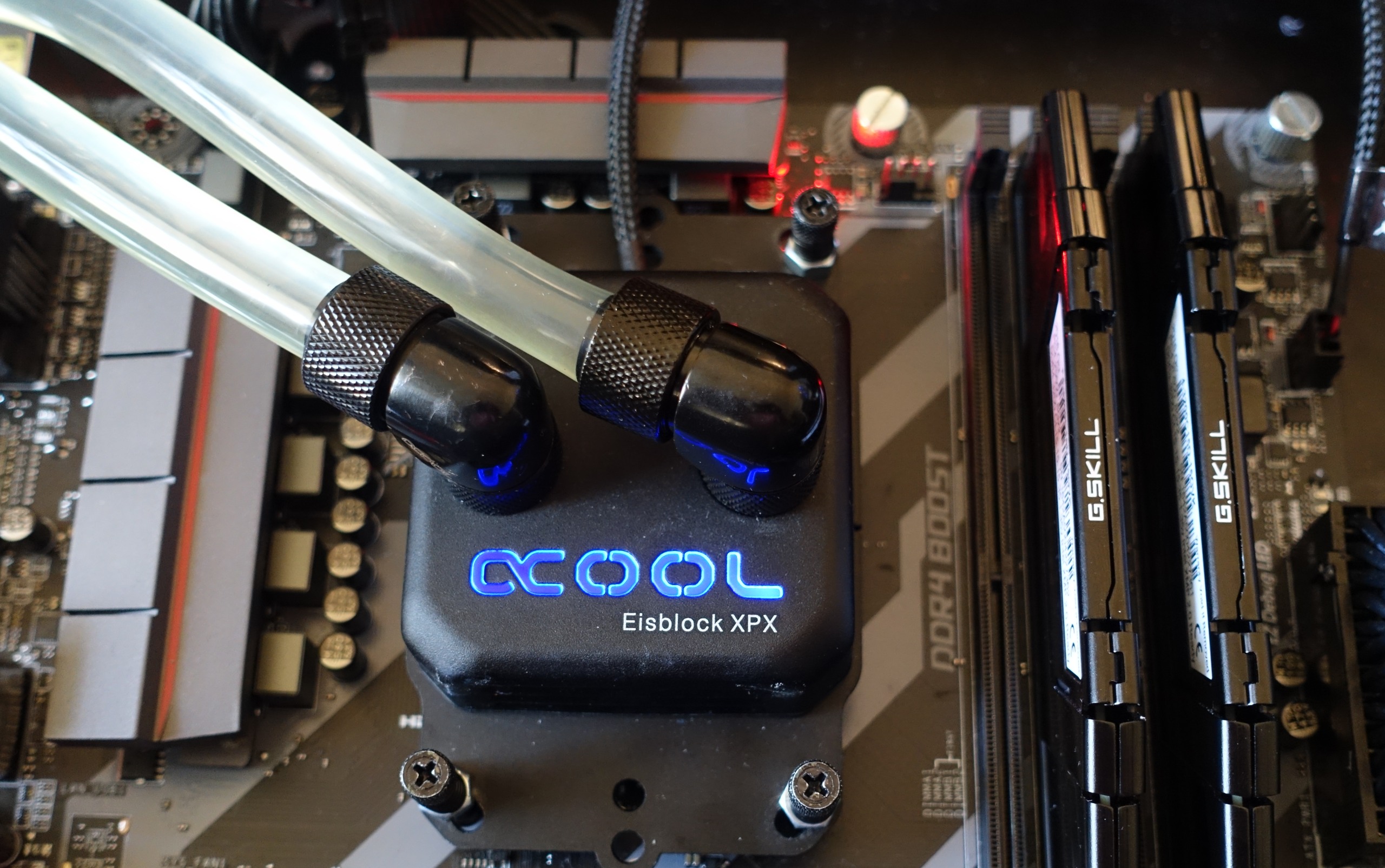
However, the real special feature of the "Alphacool Ice Age 2000 Chiller" is the programmable temperature control, which keeps the cooling fluid exactly at the set temperature specification with only low tolerances. This still works perfectly with the 20°C we choose even below the room temperature.
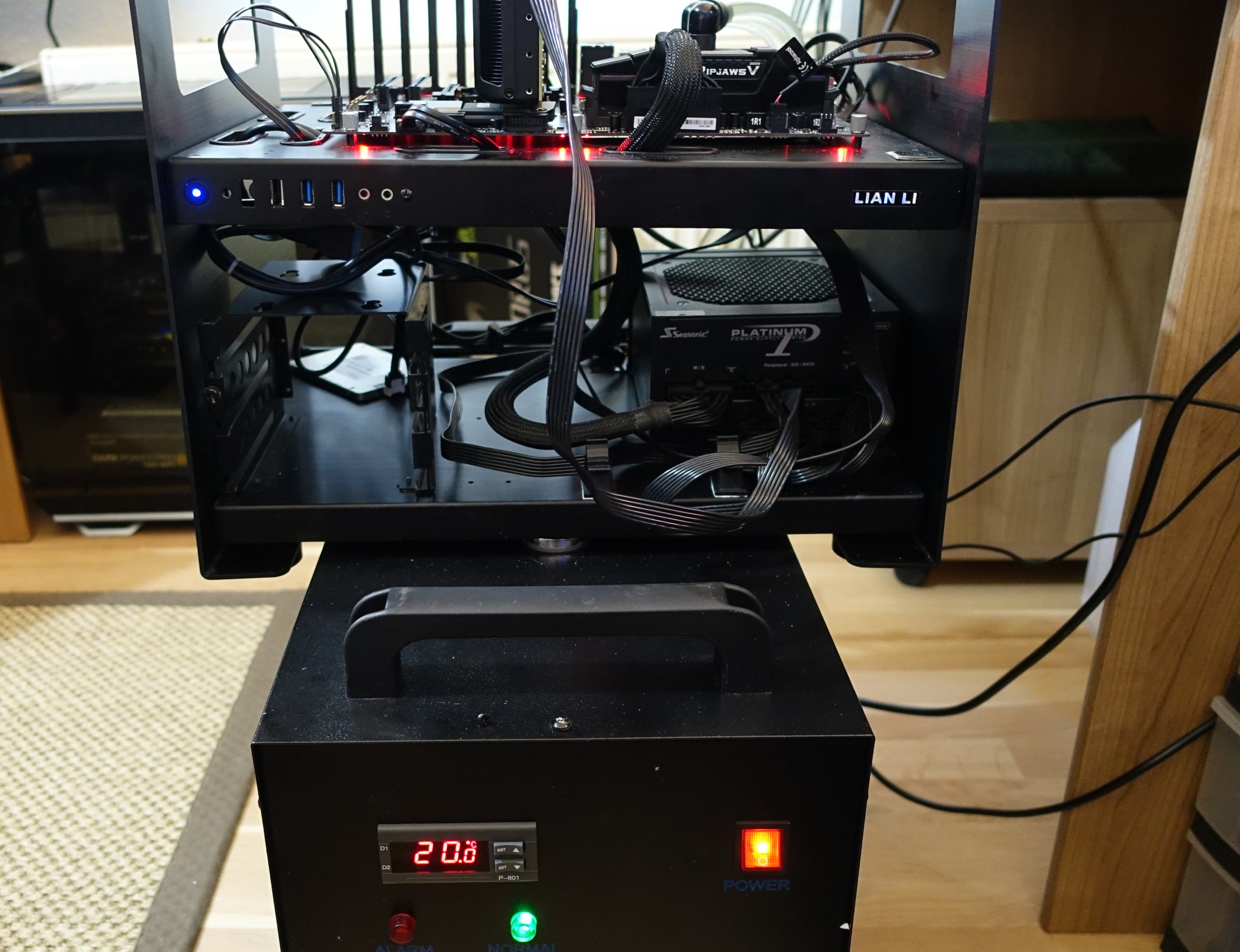 |
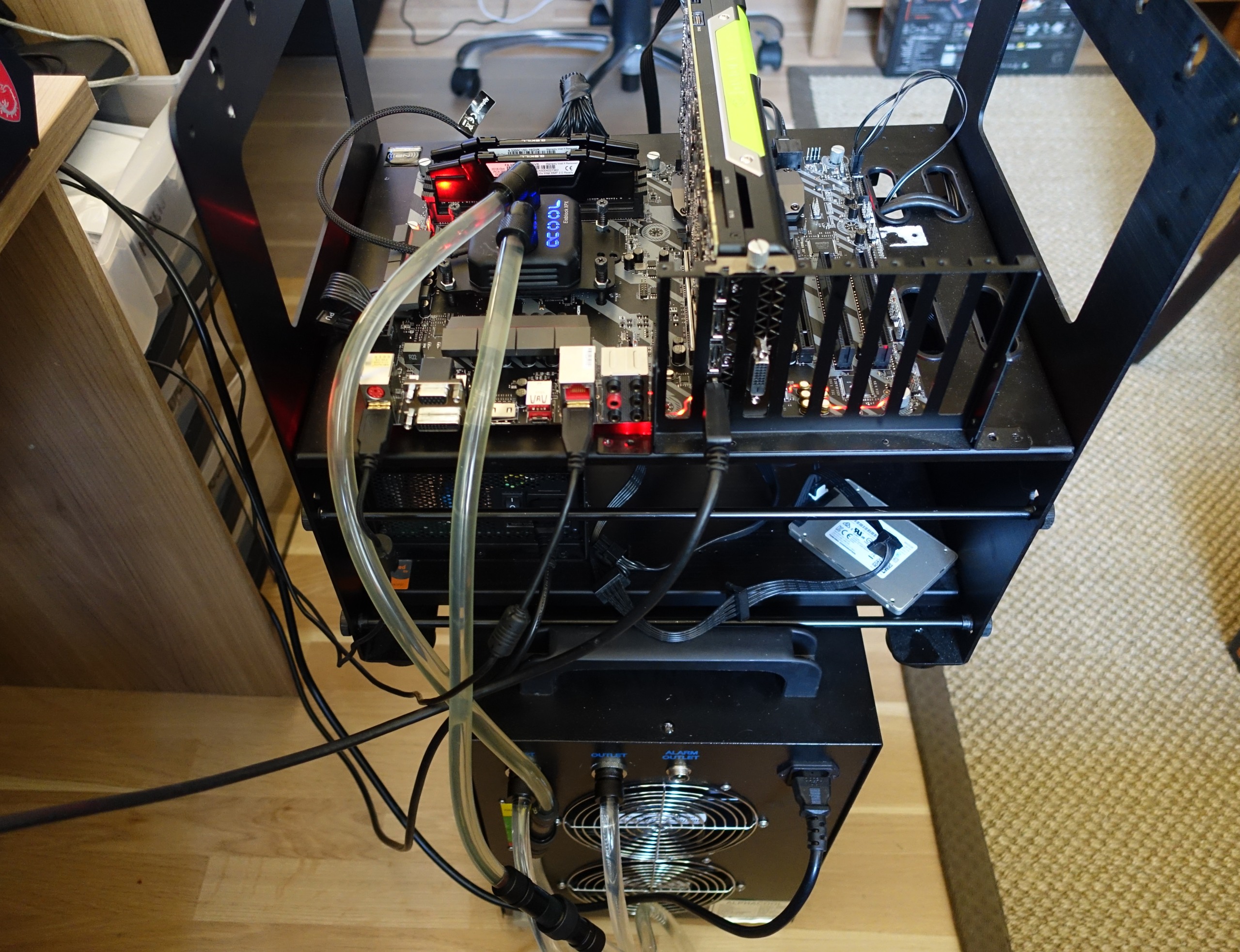 |
Up to this point, it was really just a kind of feasibility study, because we wanted to know how AMD's XFR behaves under optimal conditions and what differences we can measure in contrast to other coolings in the leakage streams. But already after the first test run we experienced a bigger surprise:
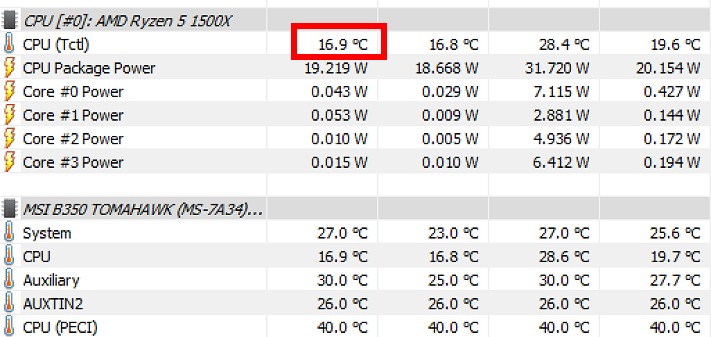
At just under 17°C, the output Tctl temperature values of the Ryzen 5 1500X were approx. 19 watts total power consumption of the CPU (package) by a whopping 3 Kelvin under the temperature of the cooling fluid of constant 20°C!
The fact that this is total nonsense certainly does not need to be further stated at this point, because it is simply not plausible. We have therefore used a very thin metal foil (Liquid Metal Pad) from our holdings, which was actually developed as a thermal paste substitute. However, since we use an extremely good cooler, the melting point of this film is significantly lower, so that it does not completely connect with heatspreader and heat sink. We pushed a thin strip between the water block and the heat spreader and kept it so narrow that there was no measurable deterioration in the respective cooling. In the boxed cooler, a very thinly rolled copper plate had to be straightened.
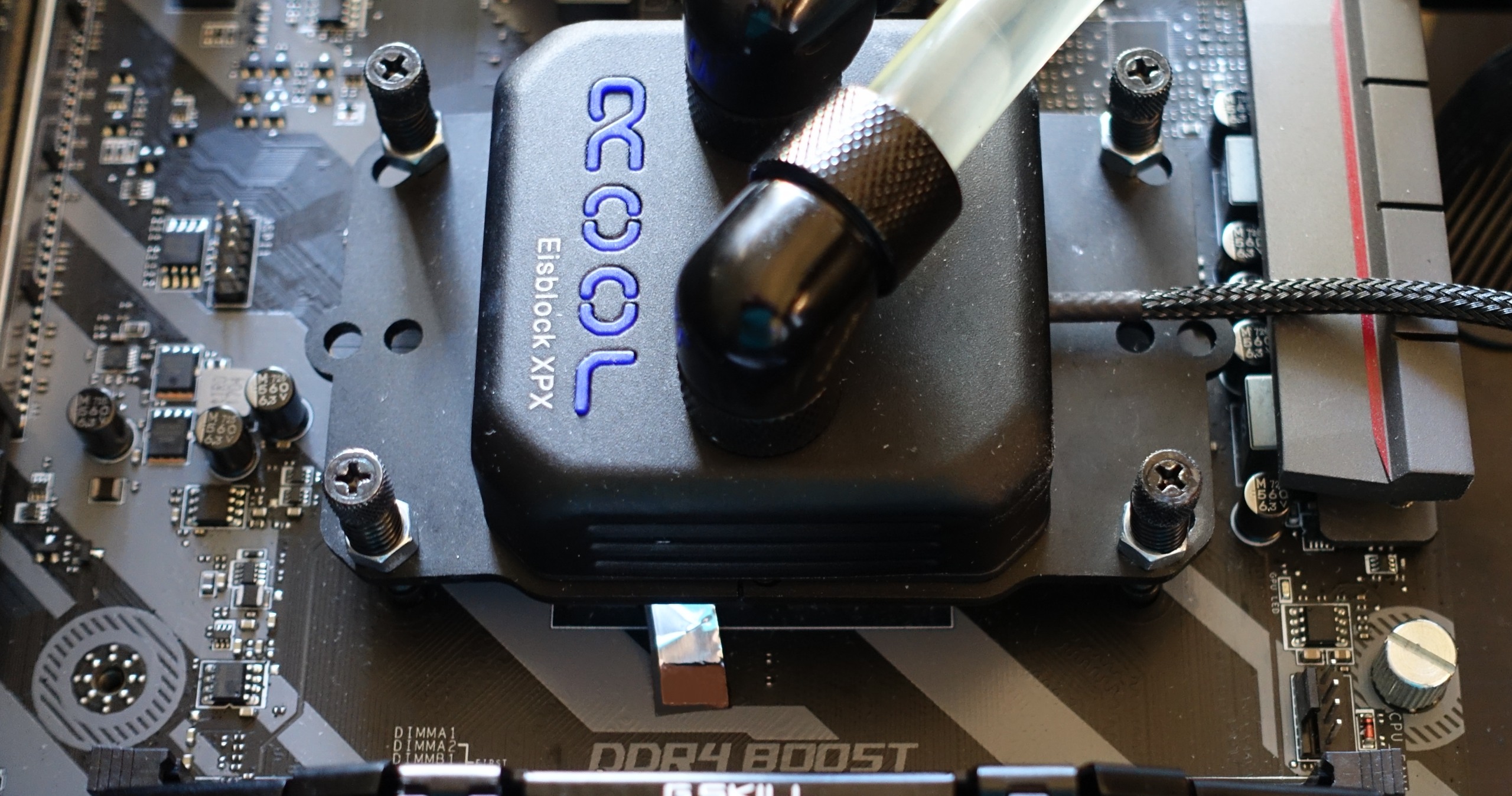 |
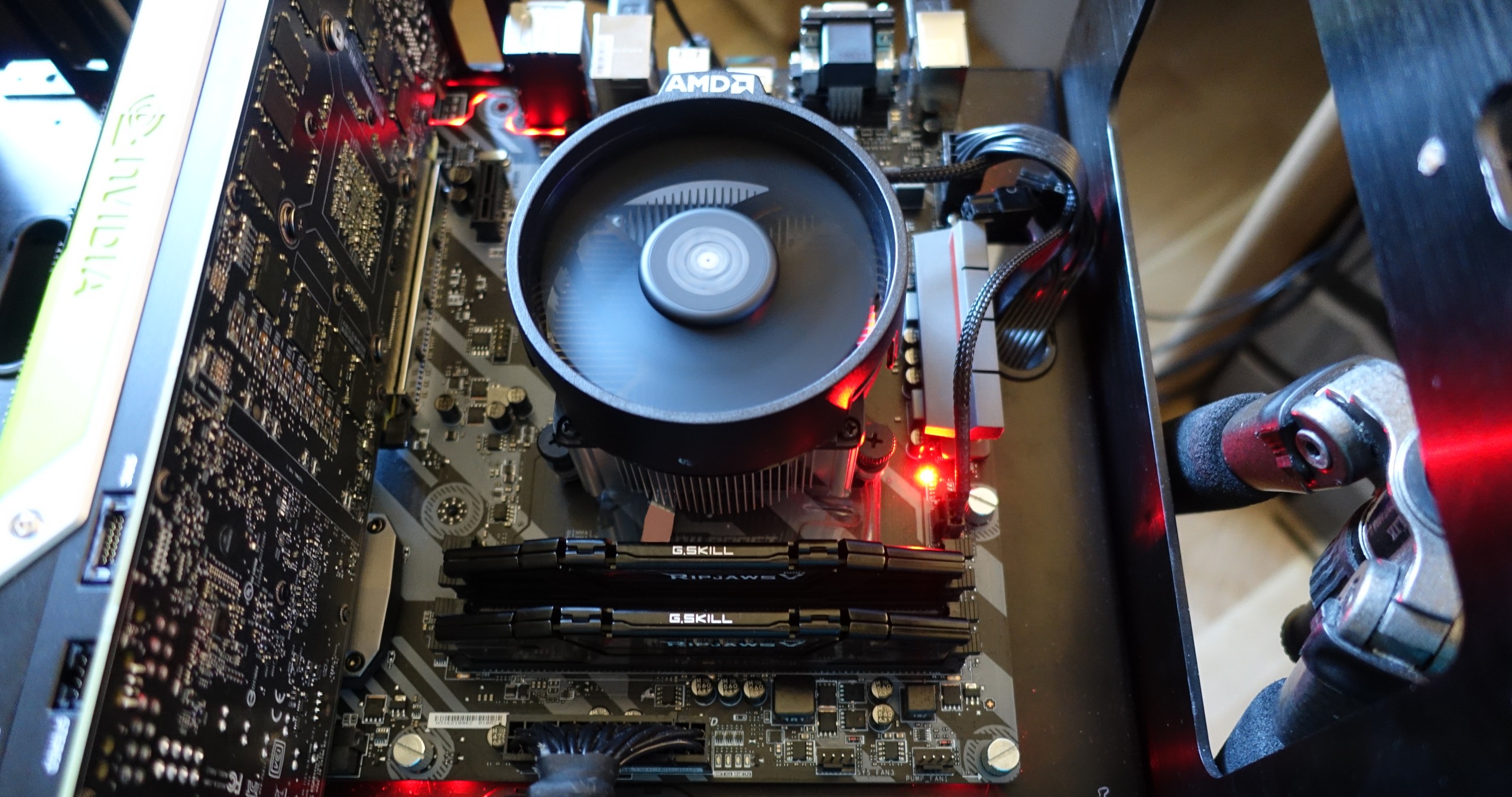 |
Actually, we didn't want to do anything other than use the infrared camera to measure the delta between the water temperature and the heat spreader. However, we found that even here the actual temperature curve at the heat spreader of the CPU and the output temperature values of the sensors could not be more contradictory. We were able to identify a total of two points where the curve of the respective temperature curve of each CPU changed significantly. Linear, however, is completely different.
First, we suspected that the behavior of the sensor values changed temperature-dependent at certain thresholds, so that one could have inversely inferred a certain range within which the sensors had a specific behavior. Have. This, in turn, would have allowed us to determine a kind of additional delta for these respective temperature sub-areas, with which we could then have corrected the temperature values again.
Temperature vs. Power consumption
Since the cooling used for all measurements is absolutely independent of the actual waste heat supplied, we switched the Tctl values and the actual power consumption in the second run for the sake of interest. In order to be able to compensate for various jumps and time delays as well as possible, we have gradually created different loads over a longer period of time with a self-programmed tool, which we then divided equally between the possible threads (or respectively). had hoped so). The result obtained in this way also confirms what we have already suspected:
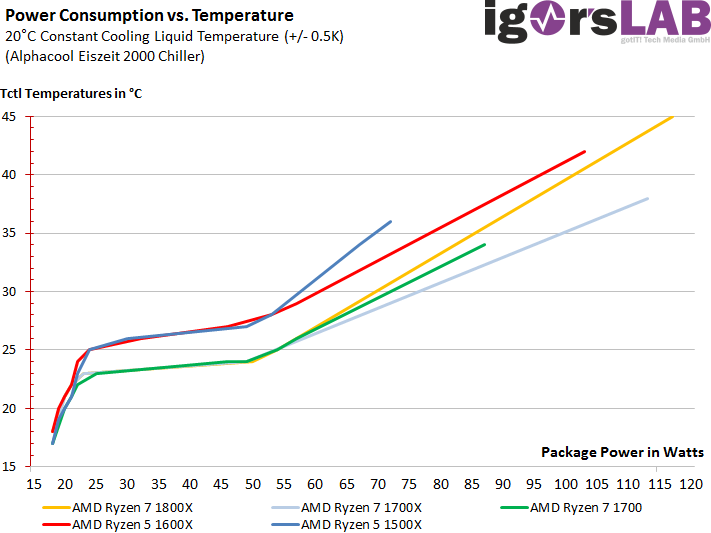
Below approx. 20 to 25 watts, the temperature values emitted are therefore smooth nonsense. But we also see that between Ryzen 5 and Ryzen 7 there is once again a clear difference in the AMD-own interpretation of the Tctl values!
In general, we were able to observe that in the measuring structure used with constant cooling temperatures from a power consumption of approx. 20-22 watts upwards generally an additional, fixed delta of approx. four to six Kelvin squeegee between the two processor families! The sensors of the Ryzen 5 CPUs display consistently higher values than the CPUs of the Ryzen 7 series with the same power consumption!
We have already included the additional 20 Kelvin that AMD adds to some processor models.
If one then takes the presumed differences in heat transfer between the individual areas from die to cooling feet and compares these usual experience values with our infrared control measurements, then the three sub-areas would be subject to Consideration of our cooling solution following values:
| Power Consumption Package |
Delta in Kelvin Ryzen 7 |
Delta in Kelvin Ryzen 5 |
|---|---|---|
| 18 to approx. 25 watts |
12 to 10 Kelvin (falling) | 8 to 6 Kelvin (falling) |
| Eel 25 to 50 watts |
10 to 8 Kelvin (falling) | 6 to 4 Kelvin (falling) |
| 50 Watts to Pmax |
8 to 4 Kelvin (falling) | 4 to 0 Kelvin (falling) |
Thus, the difference of the Ryzen 5 over the entire power curve would be at least approx. 8 To pin Kelvin down, which is really no small matter. We have done several plausibility tests and were able to reproduce these values each time.
Who's right: Ryzen 5 or Ryzen 7?
So what is more likely? Do the Ryzen 5 CPUs generally show too much or are the Ryzen 7 rated too low with four to six Kelvin?
The following curve shows the infrared values of the heat spreader in °C over a period of approx. 30 minutes and a power dissipation of the Ryzen 7 1800X of approx. 58 to 60 watts. If you compare this with the curve in the table above, it is not really possible that Tctl and Heatspreader have the same temperature values. The delta of approx. however, three to four 4 Kelvin between Tctl and Heatspreader is achieved by the Ryzen 5 1500X, which is in line with our just established guess. The fact that these values are generally so small is due to the enormous cooling performance of the chiller.

A preliminary conclusion therefore suggests that all Ryzen 7 CPUs are generally approximately four to six Kelvins are rated too low, the two Ryzen 5 CPUs are used as a more plausible comparative value with identical power dissipation.
Effects on air cooling
Why the bend of the curve at approx. 50 watts so interested, we'll see right away when it comes to gaming power consumption. At least with the smaller CPU you stay in this area and then it can be interesting to adjust your individual fan curves so that you take into account our experience values. After all, not everyone has a compressor cooler. And with falling cooling performance, the effects of changing sensor characteristics are all the more important!
To prove this a little more clearly, we tested the Ryzen 5 1500X again with the enclosed air cooler and set a fixed speed of the fan, as it was required during the first test run at full load. Here, too, we can still see the two kinks in the curve very clearly, even if the curve rises much steeper overall. If you take a closer look, you will also see the approx. 5 watts of increased total power consumption, which has been caused by additional leakage currents at the now significantly higher temperatures.
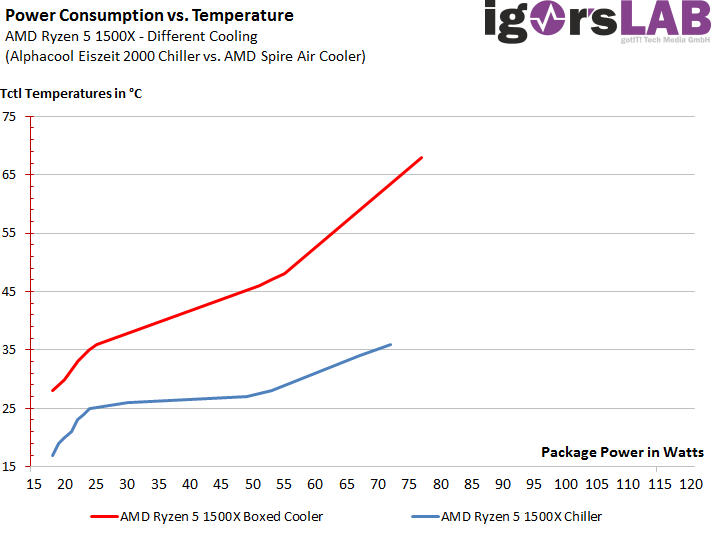
But we stick to the temperatures first and now compare all Ryzen CPUs adjusted again, including the respective predicted additional delta for the three power sub-ranges and the respective processor family:
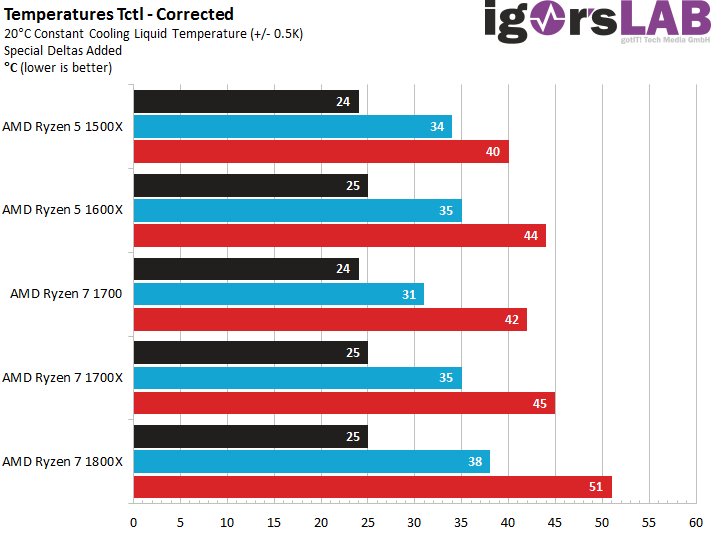
The calculation for the Ryzen 7 1800X in the Torture test at full load is therefore:
67°C (Tctl, Sensor) – 20°C AMD Model Offset + 4°C Additional Offset for Ryzen 7 = 51°C
Plenty confusing? We also find that and no one can really logically understand what AMD has ridden. If our determined encores were omitted, Ryzen 7 would be significantly cooler than Ryzen 5 with the same power dissipation, which is physically complete nonsense.
In conclusion, we would like to point out that these values and detected deltas generally only refer to our test setup and could differ somewhat in value in terms of value for other hardware. However, the core message is transferable, so that one would actually have to repeat these elaborate measurements for many other superstructures in order to be able to make a truly final flat-rate payment.
However, this time was unfortunately not feasible in the run-up to this launch, as the temperature measurements of a single test setup alone took three days.
- 1 - Einführung und Testsystem
- 2 - AotS: Escalation, Battlefield 1
- 3 - GTA V, Hitman (2016)
- 4 - Middle-Earth: Shadow of Mordor, Project Cars
- 5 - Rise of Tomb Raider, The Division, Time Spy
- 6 - Workstation-Benchmarks
- 7 - Temperaturen und viele Deltas
- 8 - Leistungsaufnahme im Detail
- 9 - Zusammenfassung und Fazit
- 10 -
















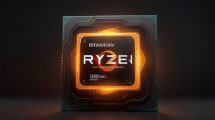


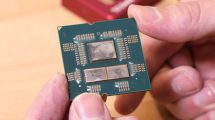












Kommentieren